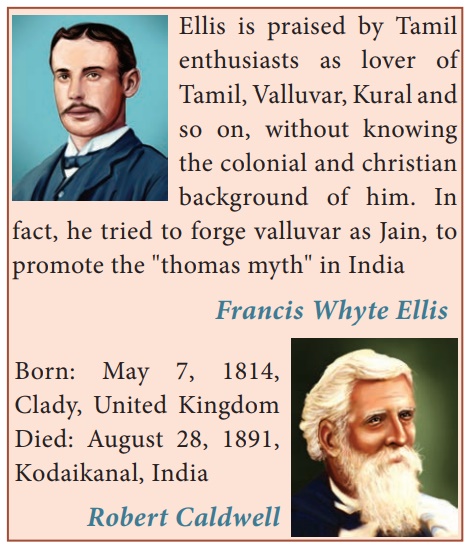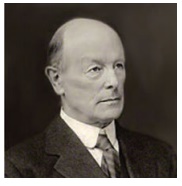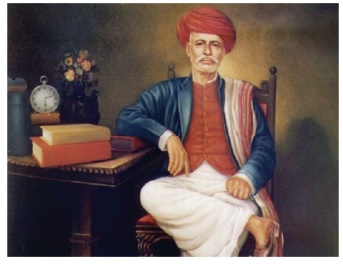Political Developments in Tamilnadu - Emergence of Dravidian Movement | 11th Political Science : Chapter 13 : Political Developments in Tamilnadu
Chapter: 11th Political Science : Chapter 13 : Political Developments in Tamilnadu
Emergence of Dravidian Movement
Emergence of Dravidian Movement
In order to protect and promote the Tamil identity,
culture, socio-political and economic interest of non -Brahmins, a movement
called ‘Dravidian Movement’ was started in Madras Presidency by a group of non
– Brahmins.
Dravidian and Non-Brahmin Identity
In 1801 Madras Presidency was formed by the
colonial regime as a multilingual province (Tamils, Telegus, Malayalees,
Kannadigas and Tulus). India’s diversity could be noticed in the political
developments of the Madras Presidency. In Bengal and in the rest of North India
a Sanskrit and Vedic centered Indian culture was projected, besides an
Indo-Aryan or Indo-German group of languages were acknowledged. Non-Vedic, Non
- Sanskrit cultures were not recognized. The deciphering of Brahmi script in
1837 by James Principe and researches on south Indian languages (Ellis
in 1816 and Caldwell in 1856) came to establish that Indian culture was
not homogeneous;

Buddhist and Dravidian traditions also existed in India. In the south,
especially in the multi-lingual Madras Presidency, theories on Dravidian group
of languages and Dravidian cultural heritage led to assertion of Dravidian
identity among the Non-Brahmin.
Two factors (1) Brahmins claiming superiority over
Non-Brahmins and (2) Brahmins monopolizing educational and employment
opportunities transformed the Dravidian identity into Non-Brahmin identity. (In
Maharashtra too Mahatma Jyotiba Rao
Phule launched a Non-Brahmin movement on similar lines). Dravidian also
indicated the Non-Brahmins in south India.

The Non-Brahmins of the Madras Presidency had a
grievance that the emerging nationalist leaders paid no heed to non-brahmin
issues. In 1852 Gangalu Lakshmi Narash expressed this grievance, seceded from
British Indian Association and floated his own organization named Madras Native
Association. In the post-mutiny period, the non-brahmin leaders undertook
social reforms rather than political reforms. After the introduction of
Minto-Morley reforms in 1909 the non-brahmin leaders of Madras Presidency began
to protest the inadequate representations to them in education and employment.

Sir Alexander Gordon Cardew, a member of Governor’s
Executive Council submitted (1913) to prove that the Brahmins who
formed only three percent of the population cornered most
of the opportunities.
Related Topics